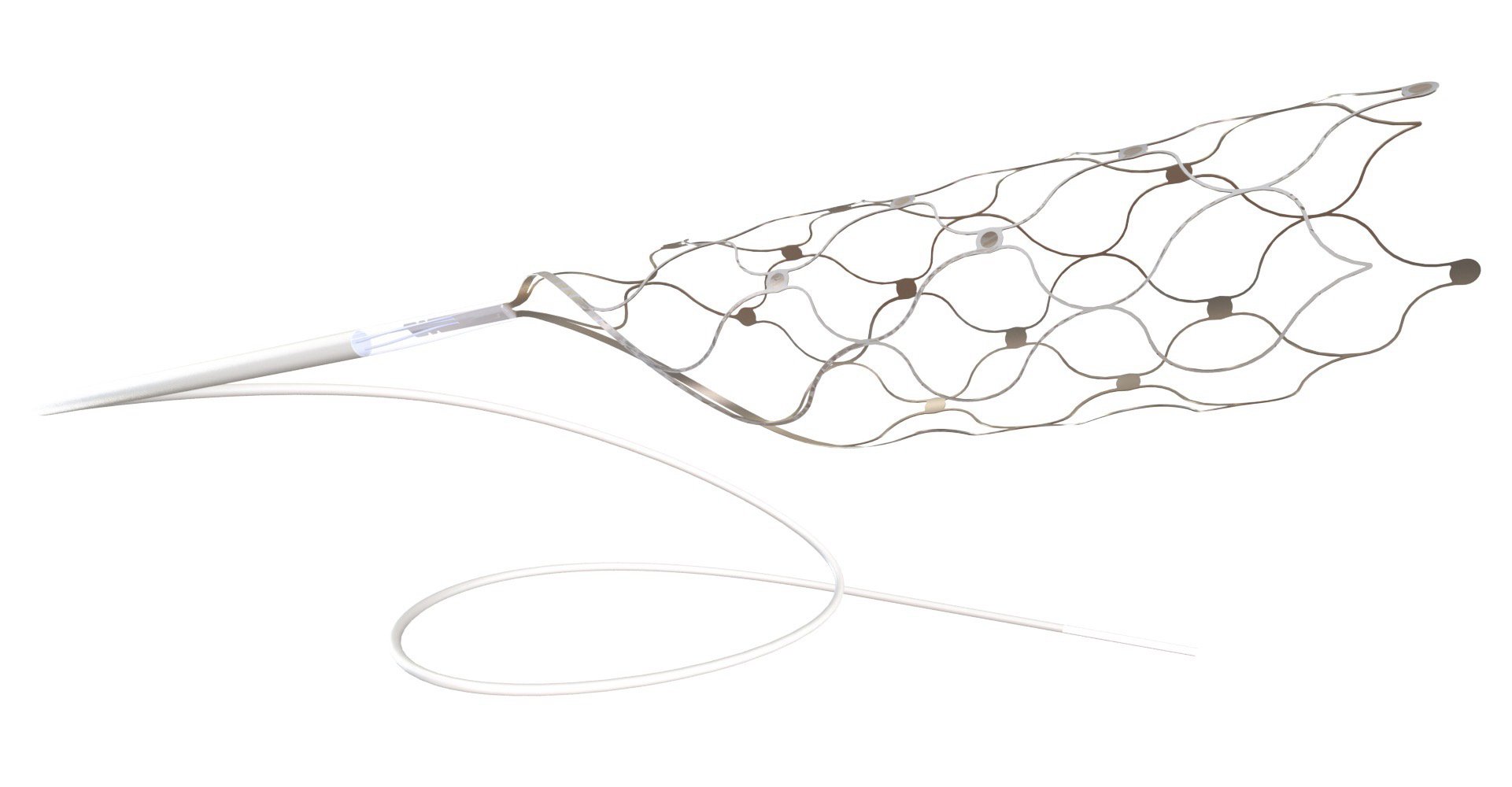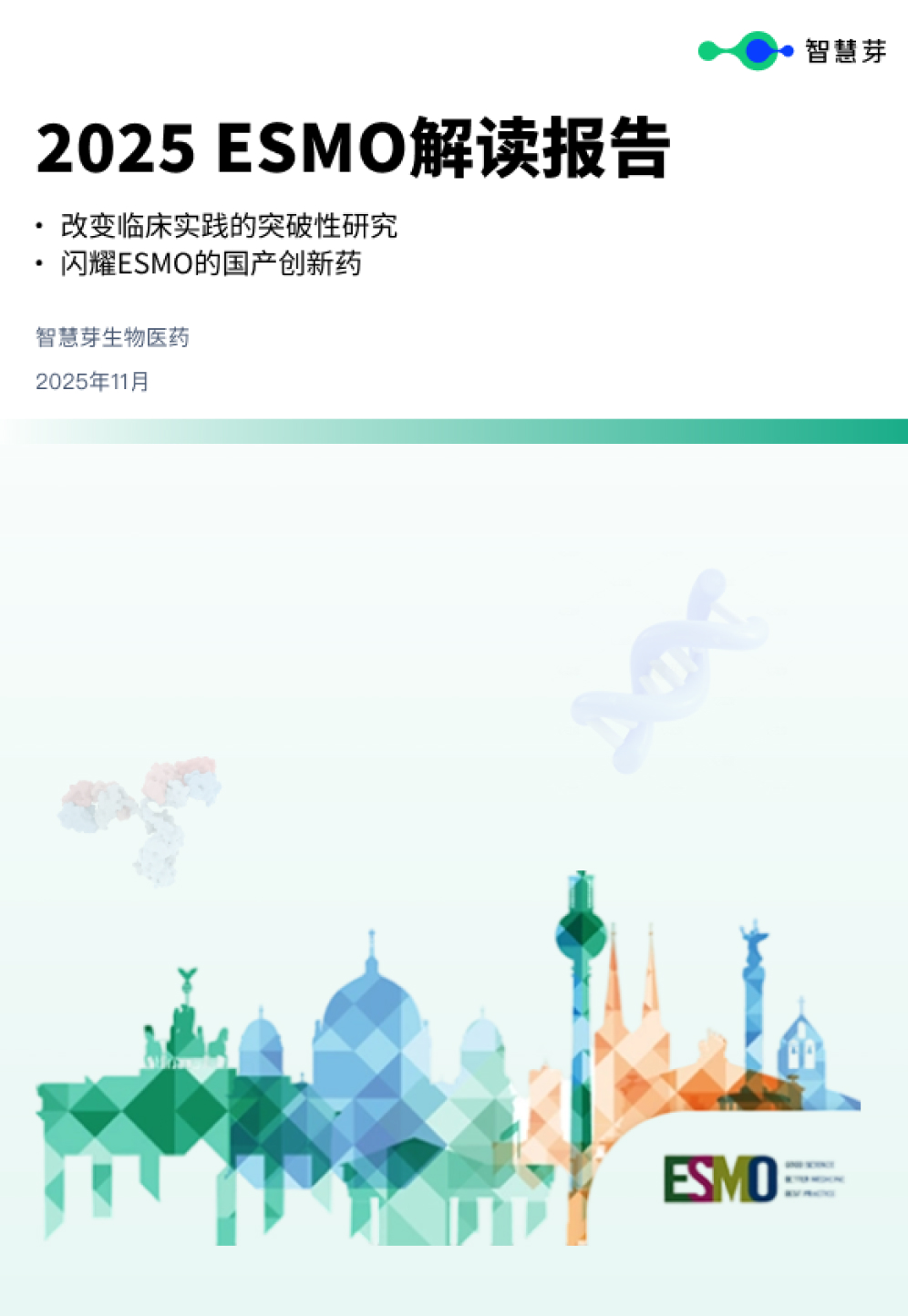预约演示
Synchron takes stake in miniaturized implant tech maker Acquandas
2024-02-01
高管变更

Preview
来源: FierceBiotech
Synchron's brain-computer interface centers around a small, stentlike device that’s sent through the jugular vein to reach the surface of the brain. Once there, its tiny electrodes collect neurological signals that are then transmitted to a mobile app.
As clinical trials of its brain-computer interface progress, Synchron is laying the groundwork for the technology’s eventual commercial rollout.
That includes, most recently, taking on an equity stake in Acquandas, a German maker of tiny, high-tech components for medical devicemakers, among other clients.
Synchron announced the transaction in a Thursday release, in which founder and CEO Tom Oxley, M.D., Ph.D., noted, “As we pioneer functional endovascular neurotechnology, this investment strengthens our technology innovation and supply chain for our unique product offerings, beginning with brain-computer interfaces.”
Acquandas’ miniaturized metallic products include flexible, micro-patterned thin films that can be used in the construction of pared-down medical implants and are made of biocompatible nitinol to prevent adverse reactions when placed in the human body.
Synchron, which already has a partnership in place with the component maker, noted in the announcement that tapping into Acquandas’ technology allows it to create “a unique product offering in the implantable medical device industry.”
The New York-based company is currently in the process of trialing its Synchron Switch system. The brain-computer interface centers around a small, stentlike device that’s sent through the jugular vein to reach the surface of the brain—a process that requires only a minimally invasive endovascular procedure rather than the craniotomies conducted for the placement of competing devices. Once there, its tiny electrodes collect neurological signals that are then transmitted to a mobile app, where algorithms translate those thoughts into controls of a smartphone or tablet.
Synchron recently completed patient enrollment of its U.S.-based COMMAND trial, which recruited six patients with severe paralysis to assess the safety of the device and whether it could help translate thoughts into digital actions such as texting, emailing and shopping online. An earlier study in Australia showed that the device remained safely in place after one year in all four of its participants, one of whom was also able to use the technology to send what Synchron described as the first tweet crafted using direct thought.
Next up, the Fierce 15 honoree is planning to launch a U.S. pivotal trial of the technology, the results of which would be used to apply for FDA approval of the device.
In other recent moves to prepare for that hopeful regulatory green light, Synchron announced at the start of this year that it had appointed Banerjee as its new CTO. Previously a longtime veteran of Medtronic’s neuromodulation division and, since 2021, Synchron’s VP of R&D, she took over the tech chief role from Nick Opie, Ph.D., who’d held the title since he co-founded Synchron and who remains on the board.
更多内容,请访问原始网站
文中所述内容并不反映新药情报库及其所属公司任何意见及观点,如有版权侵扰或错误之处,请及时联系我们,我们会在24小时内配合处理。
适应症
靶点
-药物
-生物医药百科问答
全新生物医药AI Agent 覆盖科研全链路,让突破性发现快人一步
立即开始免费试用!
智慧芽新药情报库是智慧芽专为生命科学人士构建的基于AI的创新药情报平台,助您全方位提升您的研发与决策效率。
立即开始数据试用!
智慧芽新药库数据也通过智慧芽数据服务平台,以API或者数据包形式对外开放,助您更加充分利用智慧芽新药情报信息。





